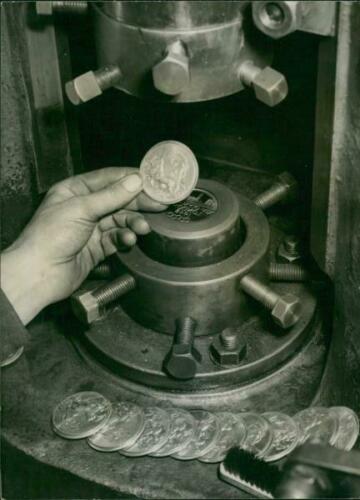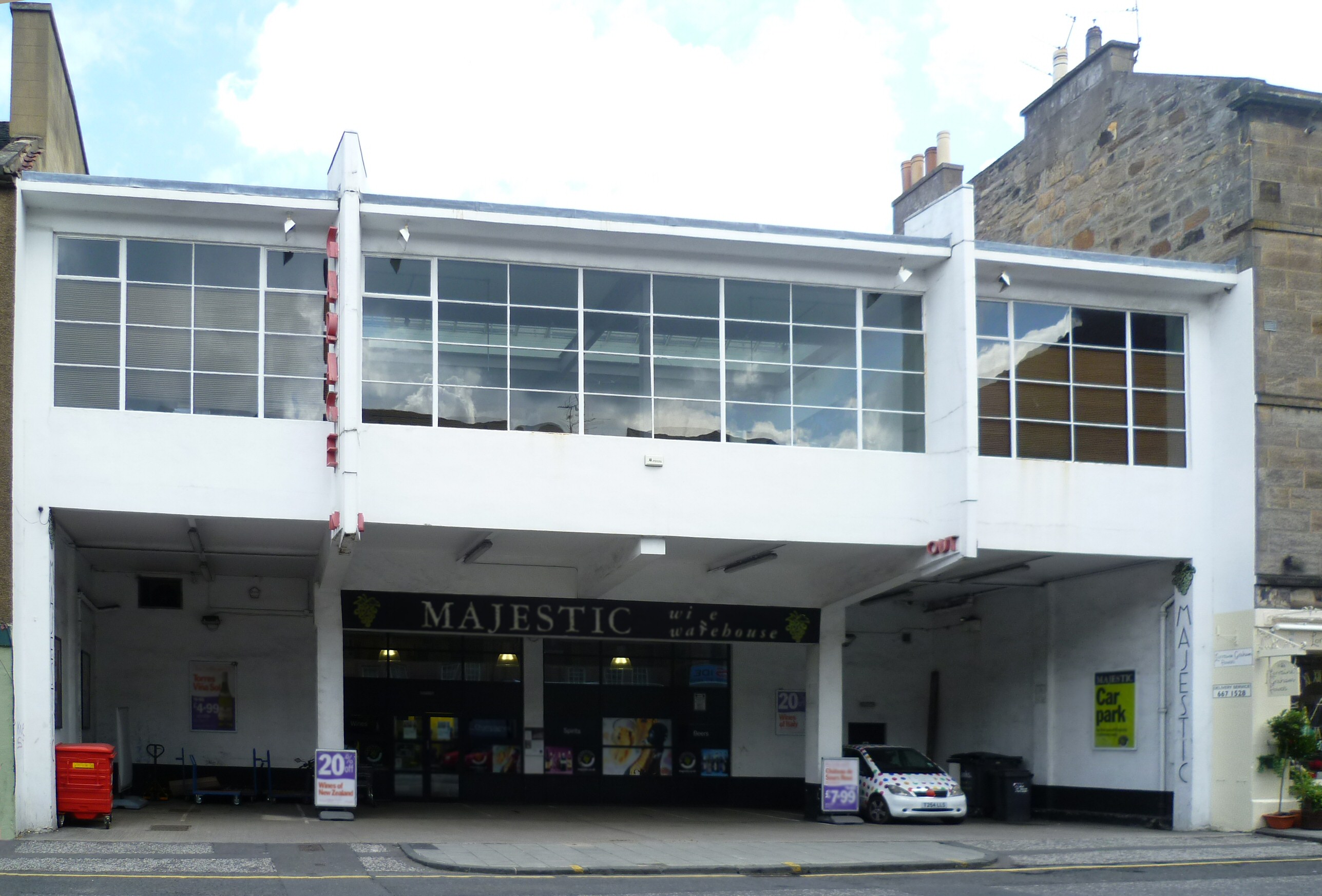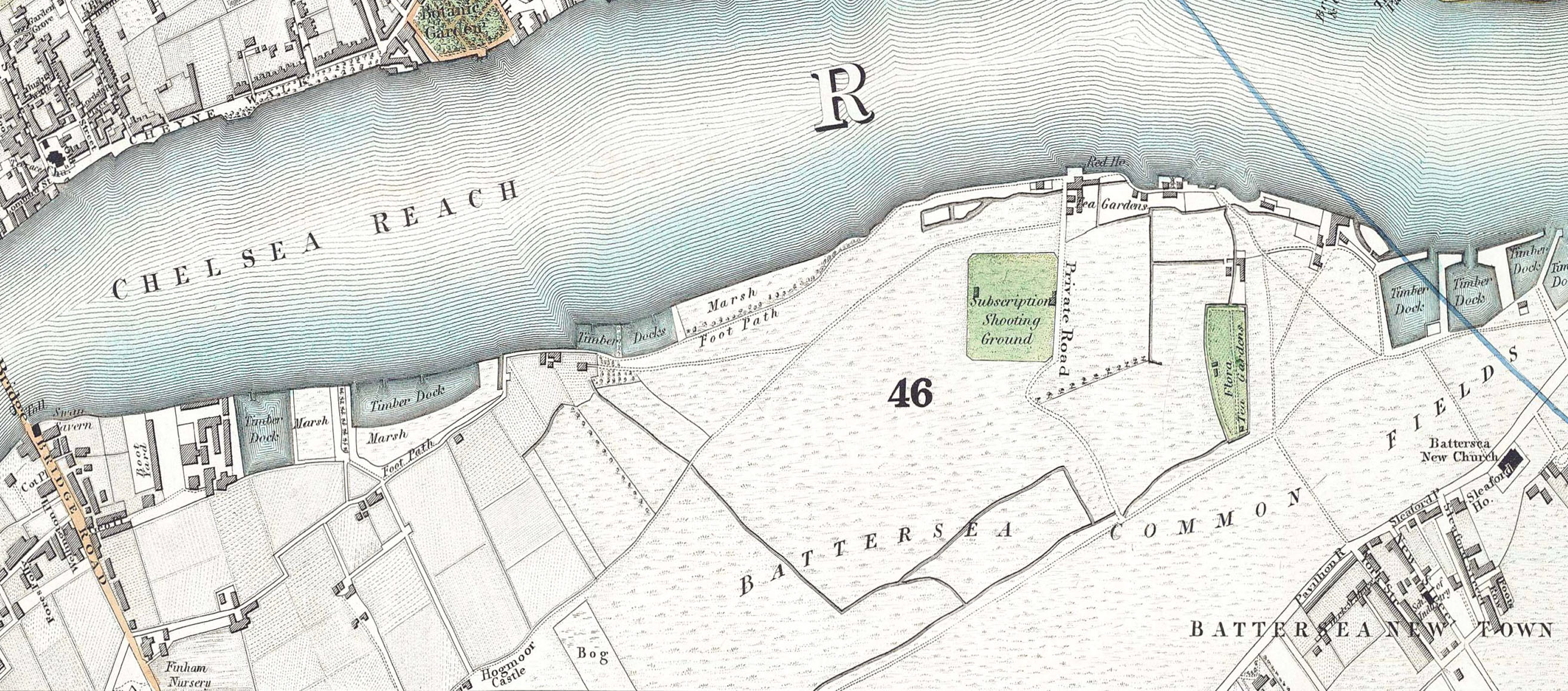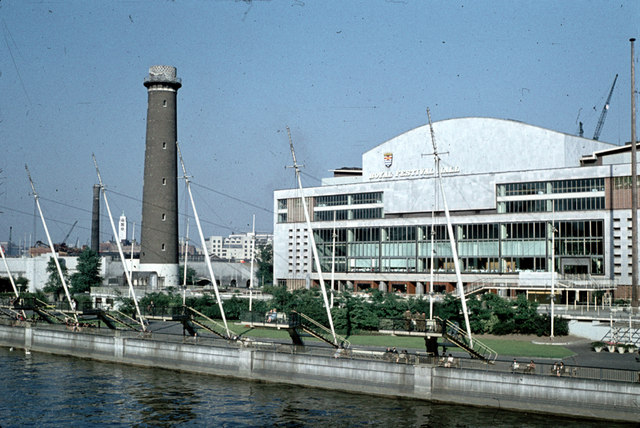|
Siegfried Charoux
Siegfried Joseph Charoux (15 November 1896 – 26 April 1967) was an artist, primarily a figurative sculptor working in bronze, stone, or terracotta. Born in Austria, he moved to England in 1935, where he became naturalised in 1946. Early and private life Charoux was born in Vienna. His father Josef Kinich was a civil engineer who had served in the Austro-Hungarian Army. His mother Anna Buchta (née Charous) was a dressmaker. She had Czech ancestry, and was the widow of Johann Buchta. He was given the name Siegfried Buchta at birth, and changed his name to Siegfried Charous in 1914 after his mother's maiden name. Later, as a political gesture and a derivative of Chat Roux (Red Cat) he changed the spelling of his surname to Charoux in 1926, at the time of his marriage to Margarethe Treibl (1895 - 1985). They had no children. Margarethe was in international textile trader who traveled extensively and introduced Charoux's sculptures to many of the countries in which she traded. ... [...More Info...] [...Related Items...] OR: [Wikipedia] [Google] [Baidu] |
Art Competitions At The 1948 Summer Olympics
Art competitions were held as part of the 1948 Summer Olympics in London, Great Britain. Medals were awarded in five categories (architecture, literature, music, painting, and sculpture), for works inspired by sport-related themes. The art exhibition was held at the Victoria and Albert Museum from 15 July to 14 August, and displayed works of art from 27 different countries. The literature competition attracted 44 entries, and the music competition had 36 entries. The art competitions included multiple subcategories for each of the five artistic categories. The judges declined to award any medals for dramatic works in literature, and no gold medals in another five subcategories. Alex Diggelmann of Switzerland won both a silver medal and a bronze medal for two different entries in the applied arts and crafts subcategory, a feat unlikely to be duplicated in any event in the current Olympic program. These were the last Games in which art competitions were held, after being in ... [...More Info...] [...Related Items...] OR: [Wikipedia] [Google] [Baidu] |
Basil Spence
Sir Basil Urwin Spence, (13 August 1907 – 19 November 1976) was a Scottish architect, most notably associated with Coventry Cathedral in England and the Beehive in New Zealand, but also responsible for numerous other buildings in the Modernist/Brutalist style. Training Spence was born in Bombay, Bombay Presidency, British India,Let's be frank about Spence ''The Guardian'' (16 October 2007). Retrieved: 10 October 2021. the son of Urwin Archibald Spence, an assayer with the . He was educated at the John Connon School, operated by the Bombay Scottish Education Society, and wa ... [...More Info...] [...Related Items...] OR: [Wikipedia] [Google] [Baidu] |
Festival Of Britain
The Festival of Britain was a national exhibition and fair that reached millions of visitors throughout the United Kingdom in the summer of 1951. Historian Kenneth O. Morgan says the Festival was a "triumphant success" during which people: Labour cabinet member Herbert Morrison was the prime mover; in 1947 he started with the original plan to celebrate the centennial of the Great Exhibition of 1851. However, it was not to be another World Fair, for international themes were absent, as was the British Commonwealth. Instead the 1951 festival focused entirely on Britain and its achievements; it was funded chiefly by the government, with a budget of £12 million. The Labour government was losing support and so the implicit goal of the festival was to give the people a feeling of successful recovery from the war's devastation, as well as promoting British science, technology, industrial design, architecture and the arts. The Festival's centrepiece was in London on the South ... [...More Info...] [...Related Items...] OR: [Wikipedia] [Google] [Baidu] |
Piccadilly Gallery
The Piccadilly Gallery was an art gallery that operated from a number of addresses in London between 1953 and 2007. It was originally founded as the Pilkington Gallery in 1953 by Eve Pilkington and her husband Godfrey Pilkington, with a focus on exhibiting the works of figurative artists in the styles of Art Nouveau and 19th and 20th Century Symbolism. In 1954, they were joined by Christabel Briggs. In 2007, following the passing of co-founder Godfrey Pilkington, the gallery closed its public storefront. The gallery operated from a number of West End addresses, first from bomb-damaged premises in the Piccadilly Arcade, and then on to 16A Cork Street in 1954. In 1978, it moved next door to 16 Cork Street, and in 1999 the gallery temporarily moved to Dover Street. It promoted the artists Adrian Berg as well as Max Beerbohm, Gwen John, Eric Gill and William Roberts, and hosted major exhibitions, including Gustav Klimt, Egon Schiele, and the German Neue Sachlichkeit The New Ob ... [...More Info...] [...Related Items...] OR: [Wikipedia] [Google] [Baidu] |
Holland Park
Holland Park is an area of Kensington, on the western edge of Central London, that contains a street and public park of the same name. It has no official boundaries but is roughly bounded by Kensington High Street to the south, Holland Road to the west, Holland Park Avenue to the north, and Kensington Church Street to the east. Adjacent districts are Notting Hill to the north, Earl's Court to the south, and Shepherd's Bush to the northwest. The area is principally composed of tree-lined streets with large Victorian townhouses, and contains many shops, cultural tourist attractions such as the Design Museum, luxury spas, hotels, and restaurants, as well as the embassies of several countries. The street of Holland Park is formed from three linked roads constructed between 1860 and 1880 in projects of master builders William and Francis Radford, who were contracted to build and built over 200 houses in the area. Notable nineteenth-century residential developments in the area inc ... [...More Info...] [...Related Items...] OR: [Wikipedia] [Google] [Baidu] |
Battersea Park
Battersea Park is a 200-acre (83-hectare) green space at Battersea in the London Borough of Wandsworth in London. It is situated on the south bank of the River Thames opposite Chelsea and was opened in 1858. The park occupies marshland reclaimed from the Thames and land formerly used for market gardens. The park is Grade II* listed on the Register of Historic Parks and Gardens. History Prior to 1846, the area now covered by the park was known as Battersea fields, a popular spot for duelling. On 21 March 1829, the Duke of Wellington and the Earl of Winchilsea met on Battersea fields to settle a matter of honour. When it came time to fire, the duke aimed his duelling pistol wide and Winchilsea fired his into the air. Winchilsea later wrote the duke a groveling apology. Separated from the river by a narrow raised causeway, the fields consisted of low, fertile marshes intersected by streams and ditches with the chief crops being carrots, melons, lavender (all the way up ... [...More Info...] [...Related Items...] OR: [Wikipedia] [Google] [Baidu] |
South Bank
The South Bank is an entertainment and commercial district in central London, next to the River Thames opposite the City of Westminster. It forms a narrow strip of riverside land within the London Borough of Lambeth (where it adjoins Albert Embankment) and the London Borough of Southwark, (where it adjoins Bankside). As such, the South Bank may be regarded as somewhat akin to the riverside part of an area known previously as Lambeth Marsh and North Lambeth. While the South Bank is not formally defined, it is generally understood to bounded by Westminster Bridge and Blackfriars Bridge, and to be centred approximately half a mile (800 metres) south-east of Charing Cross. The name South Bank was first widely used in 1951 during the Festival of Britain. The area's long list of attractions includes the County Hall complex, the Sea Life London Aquarium, the London Dungeon, Jubilee Gardens and the London Eye, the Southbank Centre, Royal Festival Hall, National Theatr ... [...More Info...] [...Related Items...] OR: [Wikipedia] [Google] [Baidu] |
Shell Centre
The Shell Centre in London is the global headquarters of oil major Shell plc. It is located on Belvedere Road in the London Borough of Lambeth. It is a prominent feature on the South Bank of the River Thames near County Hall, and now forms the backdrop to the London Eye. The original Shell Centre comprised the tower building and three now-demolished adjoining nine-storey wings (collectively formerly known as the "Upstream Building"). The original development also included a separate building known as the "Downstream Building", which was separated from the Upstream Building by the railway viaduct between Charing Cross and Waterloo East. The Downstream Building was disposed of by Shell in the 1990s. It has been heightened by one storey and is now a block of residential apartments known as the White House. Site history and layout The Shell Centre occupies part of the site cleared for the 1951 Festival of Britain. The areas closer to the River Thames now include Jubilee Garde ... [...More Info...] [...Related Items...] OR: [Wikipedia] [Google] [Baidu] |
Royal Festival Hall
The Royal Festival Hall is a 2,700-seat concert, dance and talks venue within Southbank Centre in London. It is situated on the South Bank of the River Thames, not far from Hungerford Bridge, in the London Borough of Lambeth. It is a Grade I listed building, the first post-war building to become so protected (in 1981). The London Philharmonic Orchestra, the Philharmonia Orchestra, the Orchestra of the Age of Enlightenment, the London Sinfonietta, Chineke! and Aurora are resident orchestras at Southbank Centre. The hall was built as part of the Festival of Britain for London County Council, and was officially opened on 3 May 1951. When the LCC's successor, the Greater London Council, was abolished in 1986, the Festival Hall was taken over by the Arts Council, and managed together with the Queen Elizabeth Hall and Purcell Room (opened 1967) and the Hayward Gallery (1968), eventually becoming an independent arts organisation, now known as the Southbank Centre, in April 1998 ... [...More Info...] [...Related Items...] OR: [Wikipedia] [Google] [Baidu] |
Royal Courts Of Justice
The Royal Courts of Justice, commonly called the Law Courts, is a court building in Westminster which houses the High Court of Justice of England and Wales, High Court and Court of Appeal of England and Wales. The High Court also sits on circuit and in other major cities. Designed by George Edmund Street, who died before it was completed, it is a large grey stone edifice in the Victorian era, Victorian Gothic Revival architecture, Gothic Revival style built in the 1870s and opened by Queen Victoria in 1882. It is one of the largest courts in Europe. It is a Grade I listed building. It is located on Strand, London, Strand within the City of Westminster, near the border with the City of London (Temple Bar, London, Temple Bar). It is surrounded by the four Inns of Court, St Clement Danes church, High Commission of Australia, London, The Australian High Commission, King's College London and the London School of Economics. The nearest London Underground stations are Chancery Lane tub ... [...More Info...] [...Related Items...] OR: [Wikipedia] [Google] [Baidu] |
Chantrey Bequest
Sir Francis Leggatt Chantrey (7 April 1781 – 25 November 1841) was an English sculptor. He became the leading portrait sculptor in Regency era Britain, producing busts and statues of many notable figures of the time. Chantrey's most notable works include the statues of King George IV (Trafalgar Square); King George III (Guildhall), and George Washington (Massachusetts State House). He also executed four monuments to military heroes for St Paul's Cathedral, London. He left the ''Chantrey Bequest'' (or ''Chantrey Fund'') for the purchase of works of art for the nation, which was available from 1878 after the death of his widow. Life Chantrey was born at Jordanthorpe near Norton (then a Derbyshire village, now a suburb of Sheffield), where his family had a small farm. His father, who also dabbled in carpentry and wood-carving, died when Francis was twelve; and his mother remarried, leaving him without a clear career to follow. At fifteen, he was working for a grocer in Sheffi ... [...More Info...] [...Related Items...] OR: [Wikipedia] [Google] [Baidu] |







.jpg)
